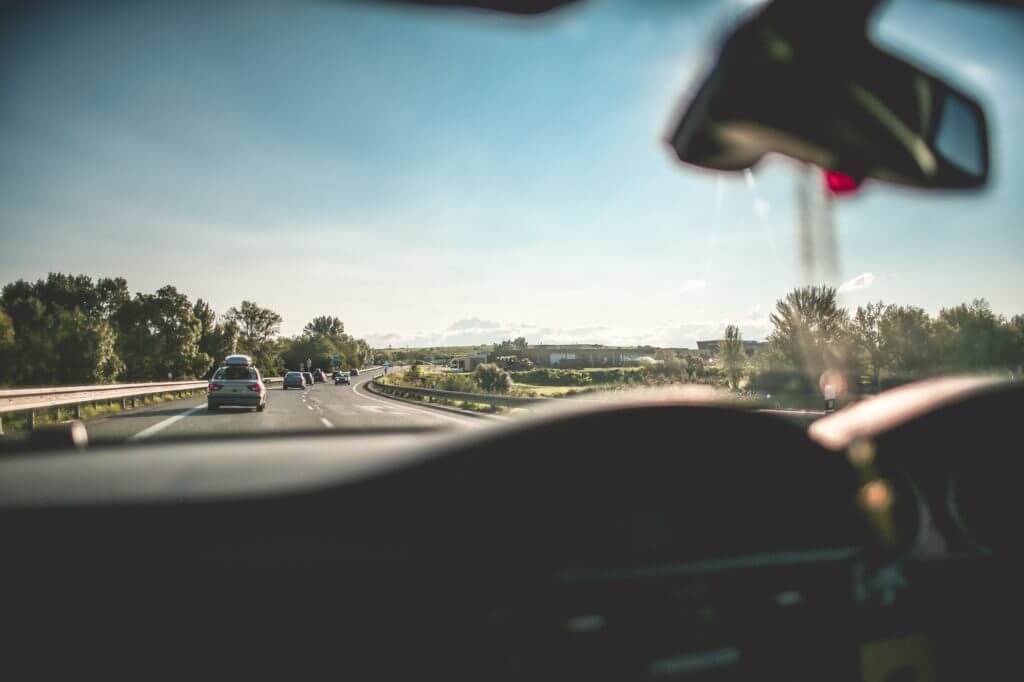The UK’s child car seat rules are designed to keep your little one as safe as possible for as long as possible. Following these guidelines could protect your child from serious injuries or even worse. Remember, you must always have valid annual or temporary car insurance when you drive on a public road in the UK.
The regulations state that children should normally use a car seat until they’re 12 years old or reach 135cm tall, whichever comes first. Children who weigh less than 22kg cannot travel in backless booster seats. These booster seat laws were brought in to improve child safety after experts raised concerns that backless booster seats do not hold small children securely in their seats.
What are the current kids’ car seat rules?
From the differences between front-facing and rear-facing seats to ISOFIX and when it’s safe to move them to a backless booster seat, there are so many things to consider when it comes to car seat safety. Here are a few simple rules to follow when using a car seat:
- All children MUST use a car seat until they are 12 years old or at least 135cm – whichever comes first
- Babies under 15 months old must be in rear-facing seats. After this, they can sit in front- or rear-facing seats
- Once children reach 18kg, they will be able to use a high-backed booster seat or cushion)
- Only EU-approved height-based children’s car seats can be used in the UK. Look out for the E label and R129 or ECE R44 car safety ratings
How to choose a suitable child restraint
The best way to find the right car seat for your child is to base your selection on either height or weight.
Height-based car seats
i-Size seats are height based. These seats should be rear facing until children are 15 months old. They should only be changed once the top of the child’s head is level with that of the car seat (only applicable once they can hold their head up on their own for over 30 minutes). Children taller than 125cm or heavier than 22kg can use a backless booster seat.
Weight-based car seats
Here’s how to choose the right seat for your child, based on weight. Please note you may be able to choose from more than one type of seat in each group for your child’s weight:
| Group | Weight | Description |
| 0 | 0kg to 10kg | A rear-facing baby car seat or a lie-flat baby carrier |
| 0+ | 0kg to 13kg | A rear-facing baby carrier or rear-facing baby seat using a harness |
| 1 | 9kg to 18kg | A rear or forward-facing baby seat using a harness or safety shield |
| 2 | 15kg to 25kg | A rear or forward-facing child seat such as a high-backed booster seat or booster cushion, using a seat belt, harness or safety shield. |
| 3 | 22kg to 36kg | A rear- or forward-facing child seat (high-backed booster seat or booster cushion) using a seat belt, harness or safety shield |
All booster cushions will now only be approved as group 3. You can still use existing booster cushions in group 2.
Things to remember about children’s car seats
- If you’re using a rear-facing seat, you MUST deactivate any front-facing airbags.
- When fitting a child’s car seat, make sure that the seat buckle is outside the frame and that the harness buckle is as low as possible, ideally across your child’s pelvis.
- Keep the instructions with the child seat in the car.
- If you’re unsure about anything, seek advice and if possible get someone to check the fitting for you.
- Never modify the child seat or your car’s seat belt to make it fit.
Frequently Asked Questions
Can a 7-year-old sit without a car seat?
No, UK law states that children should normally use a car seat until they’re 12 years old or reach 135cm tall, whichever comes first.
When can a child use a backless booster seat?
Children taller than 125cm or heavier than 22kg can use a backless booster seat.
Can I carry a child on my lap in the car?
Under UK law, children should normally use a car seat until they are 12 years old or reach 135cm tall. You can see examples of when a child can travel without a car seat on the government website.
The rules are different if:
- The child is in a taxi or minicab
- The child is in a minibus, coach or van
- The child is on an unexpected journey, for example an emergency
- There’s no room for another car seat
Can I take my baby in a taxi/Uber without a car seat?
The UK government states if the driver of a private hire vehicle doesn’t provide the correct child car seat, children can travel without one – but only if they travel on a rear seat:
- And wear an adult seat belt if they’re 3 or older
- Without a seat belt if they’re under 3
Sources and links
https://www.gov.uk/child-car-seats-the-rules/using-a-child-car-seat-or-booster-seat
https://www.gov.uk/child-car-seats-the-rules/when-a-child-can-travel-without-a-car-seat
https://www.hants.gov.uk/transport/roadsafety/drivertraining/childcarseats
http://www.childcarseats.org.uk/






